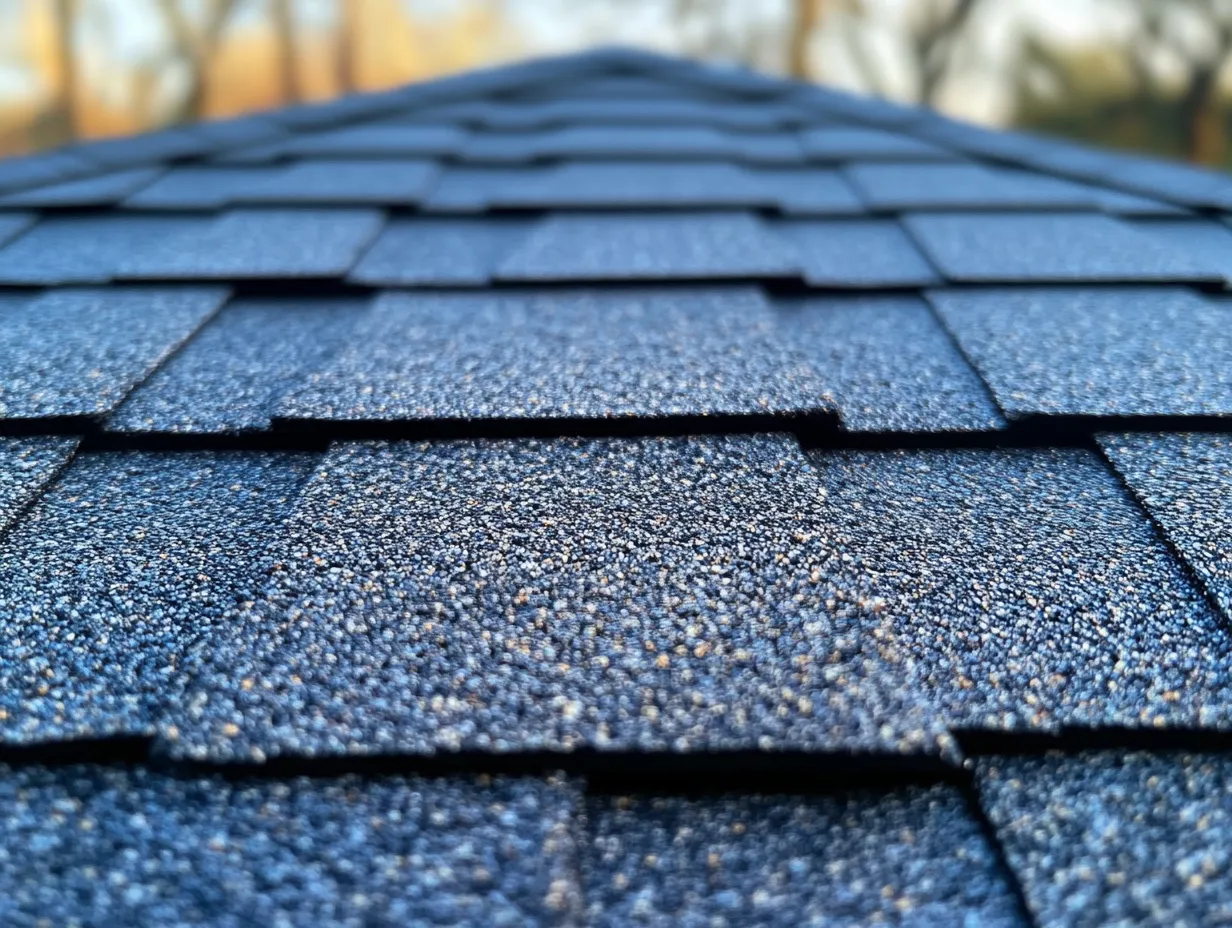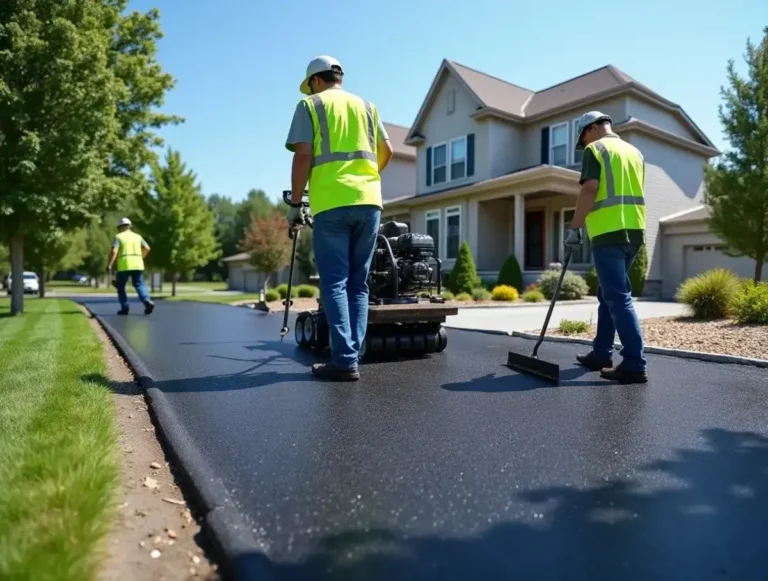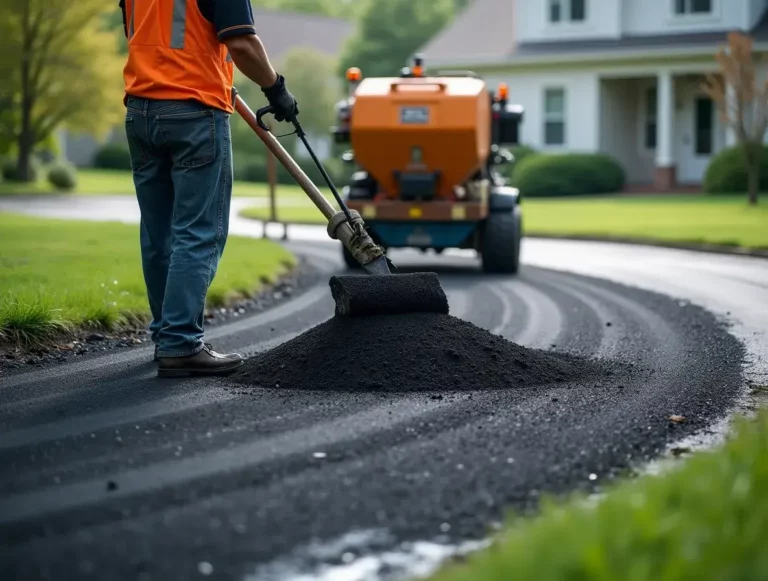Are you standing at the crossroads of a major roofing decision? Whether you’re building a new home or facing the inevitable roof replacement, choosing between metal roofing and asphalt shingles can be overwhelming. Both options dominate the residential roofing market, but they offer drastically different benefits, appearances, and long-term value.
Metal roofs and asphalt shingles represent two fundamentally different approaches to protecting your home. With significant differences in cost, durability, appearance, and environmental impact, your choice will affect your home for decades to come.
In this comprehensive guide, we’ll break down everything you need to know about metal roof vs asphalt shingles, helping you make an informed decision that aligns with your budget, aesthetics, and long-term goals.
Table of Contents
What Are Asphalt Shingles?
Asphalt shingles are the most common roofing material in North America, covering an estimated 80% of residential homes. These shingles consist of a fiberglass mat coated with asphalt and mineral granules that provide color, UV protection, and fire resistance.
Types of Asphalt Shingles
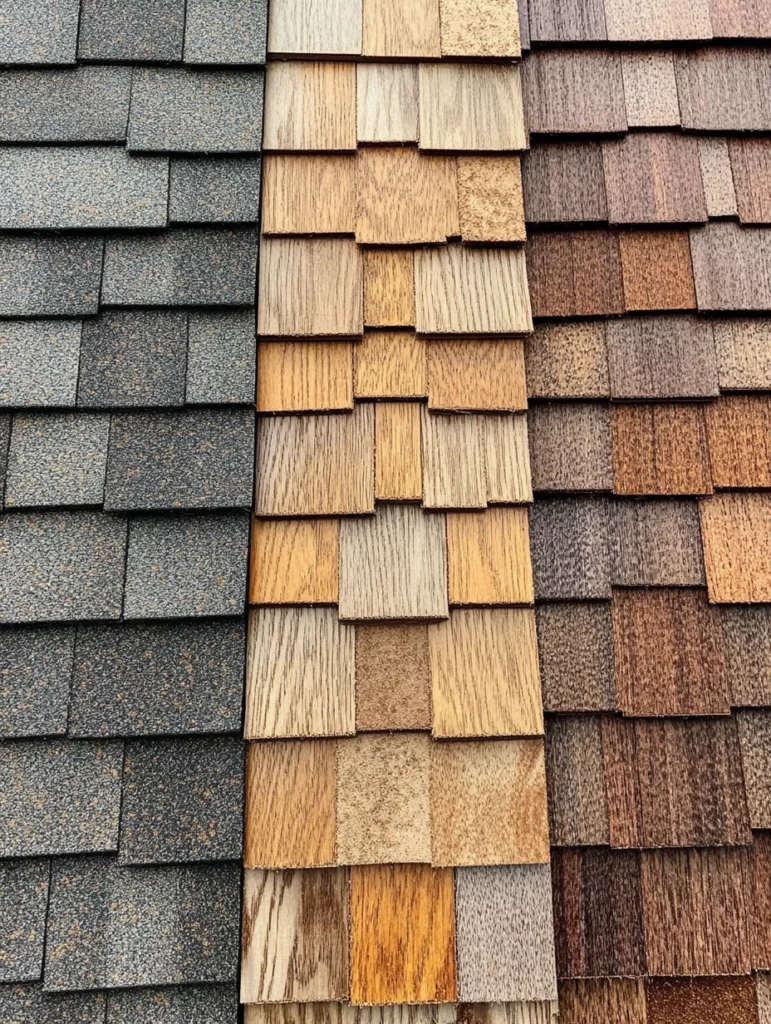
- 3-Tab Shingles: The most basic and economical option, featuring a flat appearance with three tabs of equal size.
- Architectural/Dimensional Shingles: Premium shingles with varied thickness and layering that create a more dimensional, textured look resembling wood shakes.
- Luxury Shingles: High-end asphalt products that mimic the appearance of slate or wood shakes with enhanced thickness and aesthetic appeal.
Typical Lifespan
Asphalt shingles typically last between 15-30 years, depending on the quality of materials, installation, and climate conditions. Premium options like architectural shingles generally have longer lifespans than basic 3-tab varieties.
What Is Metal Roofing?

Metal roofing has gained significant popularity in recent years, particularly for its durability and eco-friendly qualities. These roofs are made from various metals, formed into panels or shingles that interlock or overlap for weather protection.
Types of Metal Roofing
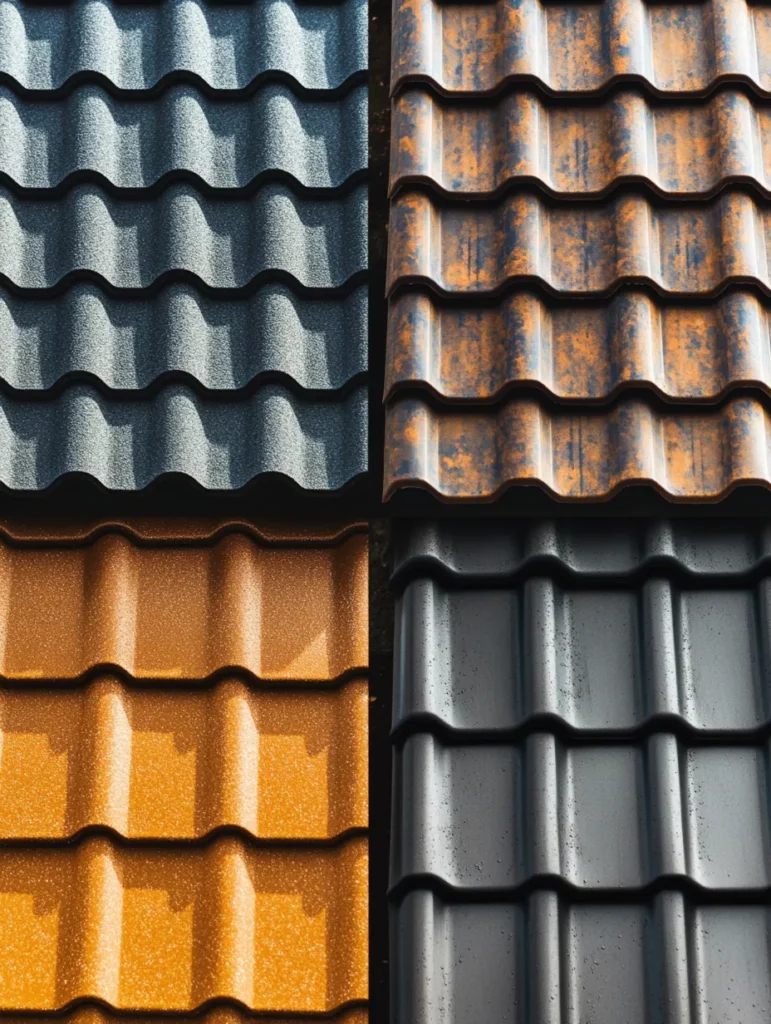
- Standing Seam: Features raised seams where panels join, providing a clean, modern appearance and excellent weather resistance.
- Metal Shingles: Designed to mimic traditional shingles, slate, or tile while offering metal’s durability benefits.
- Metal Tile: Shaped to resemble clay or concrete tiles with metal’s inherent advantages.
- Corrugated Metal: Economical option with a wavy pattern, often used on agricultural or industrial buildings but increasingly popular for modern homes.
Metals Used in Roofing
- Steel: Most common and affordable option, typically galvanized or coated with zinc for corrosion resistance.
- Aluminum: Lightweight and naturally corrosion-resistant, ideal for coastal areas.
- Copper: Premium option that develops a distinctive patina over time, known for extreme longevity.
- Zinc: Developing popularity for its low maintenance and ability to “heal” scratches over time.
Typical Lifespan
Metal roofing systems can last 40-70 years, with premium materials like copper potentially lasting over 100 years with proper maintenance.
Head-to-Head Comparison: Metal Roof vs Asphalt Shingles
| Category | Metal Roofing | Asphalt Shingles |
|---|---|---|
| Initial Cost | $10-14 per sq. ft. installed | $3-7 per sq. ft. installed |
| Long-term Cost | Higher upfront but lower lifetime cost | Lower upfront but higher lifetime cost |
| Lifespan | 40-70+ years | 15-30 years |
| Warranty | 30-50 year warranties common | 20-30 year warranties common |
| Wind Resistance | Up to 140 mph | Up to 110 mph (premium products) |
| Fire Rating | Class A | Class A-C depending on product |
| Hail Resistance | Moderate to excellent | Fair to good |
| Weight | 1-3 lbs per sq. ft. | 2-4 lbs per sq. ft. |
| Energy Efficiency | High reflectivity, potential 10-25% energy savings | Standard products offer minimal energy savings |
| Maintenance | Minimal | Regular inspection and occasional replacement |
| Environmental Impact | 100% recyclable | Contributes to landfill waste |
| Noise | Can be louder during rain/hail (mitigated with proper installation) | Better sound dampening |
| Curb Appeal | Modern, distinctive appearance | Traditional, widely accepted look |
Cost
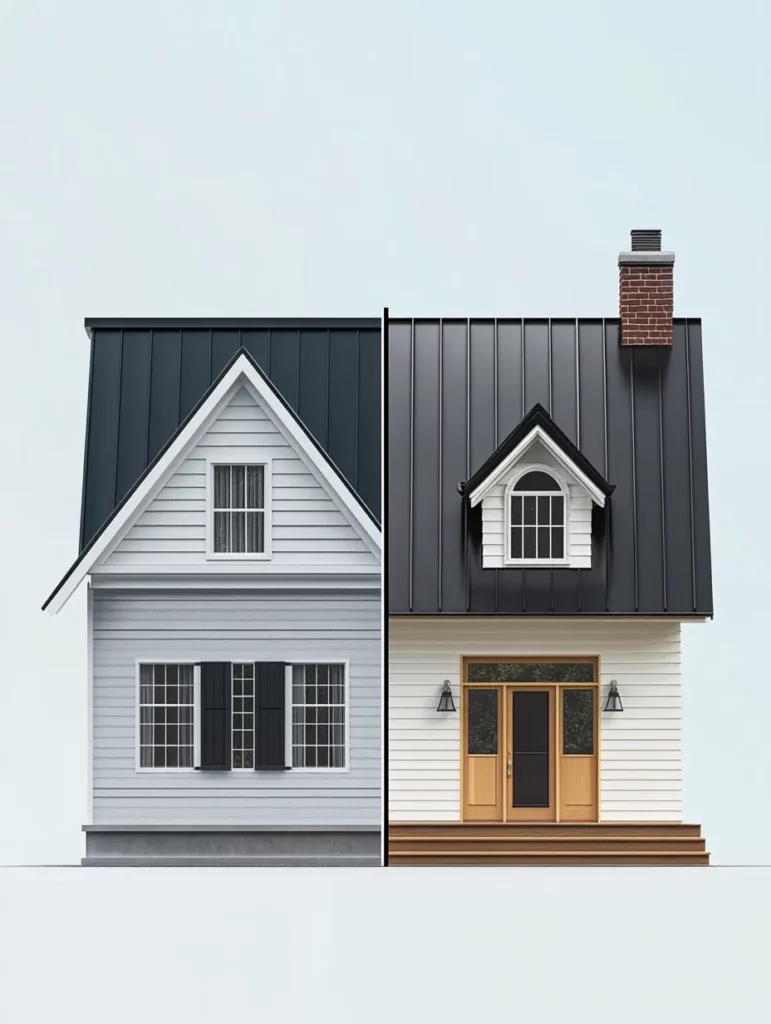
Wondering how much your roofing project will cost? Use our free asphalt calculator to get an accurate estimate based on your roof size and material choice!
Metal Roof vs Asphalt Shingles Cost Breakdown
The initial cost difference between metal roofing and asphalt shingles is significant. Asphalt shingles are the clear winner for budget-conscious homeowners with installation costs ranging from $3-7 per square foot. Metal roofing, by contrast, typically costs $10-14 per square foot installed, with premium options like copper reaching $20+ per square foot.
However, the long-term cost calculation tells a different story. While asphalt requires replacement every 15-30 years, a quality metal roof might be the only roof you’ll ever need to install. When factoring in replacement costs over 50 years, metal roofing often becomes the more economical choice.
“The initial sticker shock of metal roofing needs to be balanced against its exceptional longevity,” says Robert Martinez, a certified home inspector with 20 years of experience. “I’ve seen too many homeowners choose asphalt to save money upfront, only to face full replacement costs just 15 years later.”
Impact on Home Value
Metal roofing can increase home resale value by 1-6%, according to remodeling studies. This premium reflects the reduced maintenance costs and longer lifespan that the next owner will enjoy. Asphalt, while not adding significant value, meets market expectations and won’t detract from your home’s worth.
Lifespan
The lifespan difference between these materials is stark. While high-quality architectural asphalt shingles might last 30 years in ideal conditions, metal roofing routinely lasts 40-70 years. Premium metals like copper can last a century or more with proper maintenance.
Warranty coverage reflects this disparity. Most asphalt manufacturers offer 20-30 year limited warranties, while metal roofing warranties commonly extend to 50 years, with some offering lifetime transferable warranties.
Durability
Metal roofing excels in extreme weather conditions. Most systems can withstand winds up to 140 mph, compared to asphalt’s typical rating of 60-110 mph depending on the product and installation method.
For hail resistance, the story is mixed. While traditional perception suggests metal would dent easily, modern coatings and textures have significantly improved impact resistance. Many metal roofs now carry Class 4 impact ratings, the highest available. Quality architectural asphalt shingles can also achieve this rating, though basic products offer less protection.
Fire resistance is another critical factor. Metal roofing is naturally non-combustible with Class A fire ratings. Asphalt shingles vary from Class A to Class C, depending on the underlying materials and construction.
Weight
Contrary to popular belief, metal roofing is actually lighter than asphalt shingles. Most metal roofs weigh 1-3 pounds per square foot, while asphalt typically weighs 2-4 pounds per square foot. This difference can be significant for structural considerations, especially when replacing an existing roof.
“For older homes with potential structural issues, the lighter weight of metal roofing can be a decisive advantage,” explains Sarah Johnson, an architect specializing in residential renovations. “It reduces the dead load on the structure, which can be particularly important in areas with snow load concerns.”
Maintenance
Metal roof maintenance is minimal, typically limited to periodic inspections and occasional washing. Asphalt shingles require more attention, including replacing damaged shingles, clearing debris, and treating moss or algae growth.
The long-term maintenance cost difference is substantial. Metal roofing may require an occasional inspection and minimal upkeep, while asphalt might need partial replacement or repairs every 5-10 years, particularly in harsh climates.
Energy Efficiency
Metal roofing offers superior energy efficiency through its high solar reflectance, which can reduce cooling costs by 10-25% in summer months. Special “cool roof” coatings can enhance this effect further.
Asphalt shingles, particularly darker colors, absorb heat rather than reflect it. While energy-efficient options exist with cooling granules, they generally can’t match metal’s reflective properties.
Appearance
Modern metal roofing comes in a vast array of styles, colors, and finishes, including options that mimic the look of traditional materials like slate or wood. This versatility allows metal to complement virtually any architectural style, from ultramodern to historical.
Asphalt shingles offer excellent aesthetic versatility as well, with hundreds of color options and several profile choices. For homeowners seeking a traditional look, asphalt provides familiar curb appeal that blends well with most neighborhoods.
Environmental Impact
The environmental comparison heavily favors metal roofing. Most metal roofs contain 25-95% recycled content and are 100% recyclable at the end of their life. In contrast, asphalt shingles contribute an estimated 11 million tons of waste to U.S. landfills annually, with limited recycling options.
Metal roofing’s longevity also means fewer manufacturing resources and energy are required over time. Additionally, metal’s energy efficiency reduces carbon emissions associated with heating and cooling.
Installation
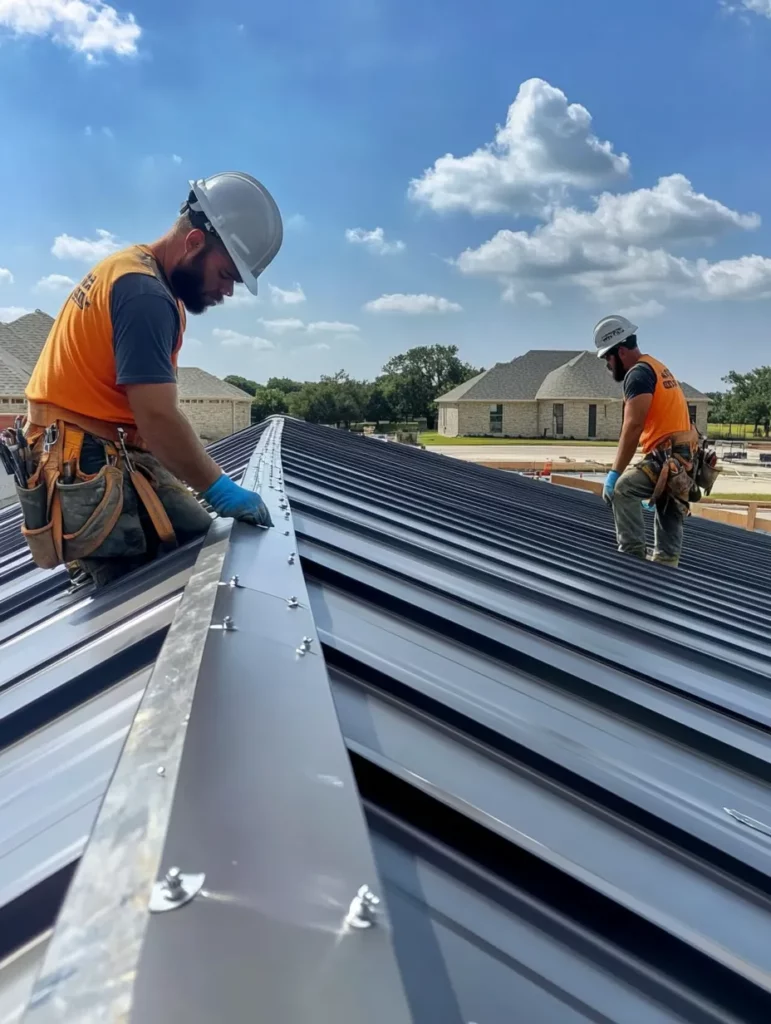
Before starting your project, calculate the exact amount of materials you need with our free asphalt calculator to avoid overspending!
Metal Roof vs Asphalt Shingles Installation Considerations
Installation complexity represents a clear advantage for asphalt shingles. Most roofing contractors are experienced with asphalt installation, making it a straightforward process that can often be completed in 1-3 days for an average home.
Metal roofing installation requires specialized skills and equipment, typically taking 2-4 times longer than asphalt installation. This specialized labor contributes significantly to the higher initial cost of metal roofing.
“Proper metal roof installation is critical to its performance,” warns Thomas Wright, a master roofer with 25 years of experience. “An improperly installed metal roof can lead to leaks, excessive noise, and reduced lifespan. Always choose a contractor with specific metal roofing credentials and experience.”
Noise
A common concern with metal roofing is noise during rain or hailstorms. While older or poorly installed metal roofs can indeed be noisy, modern installation techniques with proper underlayment and insulation can significantly reduce sound transmission.
Asphalt shingles naturally provide better sound dampening due to their composition and installation method. For noise-sensitive environments, this can be an important consideration.
Resale Value
Both roofing materials can positively impact resale value when in good condition, but metal roofing often provides a better return on investment. Homes with metal roofs may sell for 1-6% more than those with asphalt, particularly in areas prone to severe weather or wildfires.
However, neighborhood context matters. In communities where asphalt shingles predominate, an unusual roofing choice might not return its full value premium.
Choosing the Right Roofing Material for Your Needs
Selecting between metal roof vs asphalt shingles should be based on your specific circumstances:
Not sure which roofing option fits your budget? Our asphalt calculator helps you compare costs instantly try it now!
Consider Metal Roofing If:
- You plan to stay in your home for 10+ years
- You live in an area with extreme weather conditions
- Energy efficiency is a priority
- You value longevity and minimal maintenance
- Environmental impact is important to you
- Your budget allows for higher upfront costs
Consider Asphalt Shingles If:
- You have budget constraints
- You may sell your home within 10 years
- You live in a neighborhood where asphalt predominates
- You prefer a traditional aesthetic
- You have access to qualified asphalt installers
- Noise considerations are important
Maintenance Tips
For Metal Roofs:
- Inspect annually for loose fasteners or sealant issues
- Clear debris regularly from valleys and gutters
- Wash occasionally to remove dirt and contaminants
- Touch up scratches promptly to prevent corrosion
- Maintain tree clearance to prevent branch damage
For Asphalt Shingles:
- Inspect biannually and after severe weather
- Clean gutters regularly to prevent water backup
- Remove moss or algae growth promptly
- Replace damaged or missing shingles immediately
- Ensure proper attic ventilation to extend shingle life
FAQ Section
Is a metal roof worth the extra cost?
For homeowners planning to stay in their home for 15+ years, metal roofing often provides better lifetime value despite higher upfront costs. The break-even point typically occurs around year 15-20 when asphalt roofs require replacement.
Do metal roofs attract lightning?
No, metal roofs do not attract lightning. In fact, they’re safer than asphalt in lightning strikes because metal disperses the electrical charge. Metal roofing is non-combustible, reducing fire risk.
Can I install a metal roof over existing asphalt shingles?
In many cases, yes. Metal roofing’s lightweight nature often allows for installation over one layer of existing asphalt shingles, saving removal costs and reducing landfill waste. However, this depends on local building codes and the condition of the existing roof.
How do metal roofs perform in hailstorms?
Modern metal roofs with quality finishes and texturing are highly resistant to hail damage. Many carry Class 4 impact ratings, the highest available. While severe hail can cause cosmetic denting, functional performance typically remains intact.
Do asphalt shingles require special maintenance in hot climates?
Asphalt shingles in hot climates benefit from specific maintenance approaches, including choosing light colors, ensuring proper attic ventilation, and regular inspections for curling or cracking caused by heat exposure.
Conclusion
Choosing between metal roof vs asphalt shingles involves balancing immediate budget constraints against long-term value. While asphalt shingles offer affordability and familiar aesthetics, metal roofing provides superior longevity, weather resistance, and environmental benefits.
Your decision should reflect your specific circumstances, including your climate, budget, aesthetic preferences, and how long you plan to remain in your home. For many homeowners, the higher initial investment in metal roofing pays dividends through decades of trouble-free protection and reduced lifetime costs.
Whatever your choice, professional installation is crucial to maximizing the performance and lifespan of your new roof. Consult with qualified roofing contractors who specialize in your preferred material to ensure your investment delivers its full potential value.

